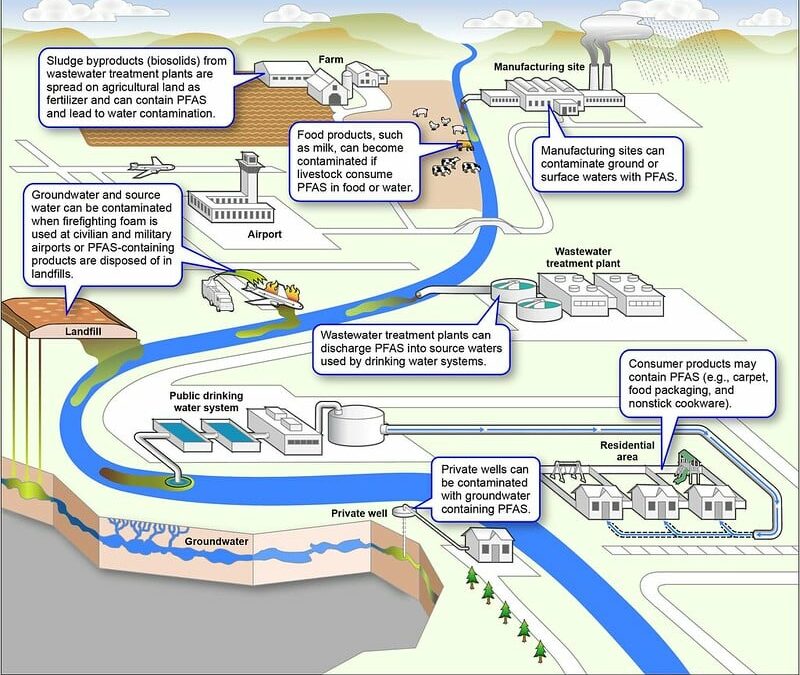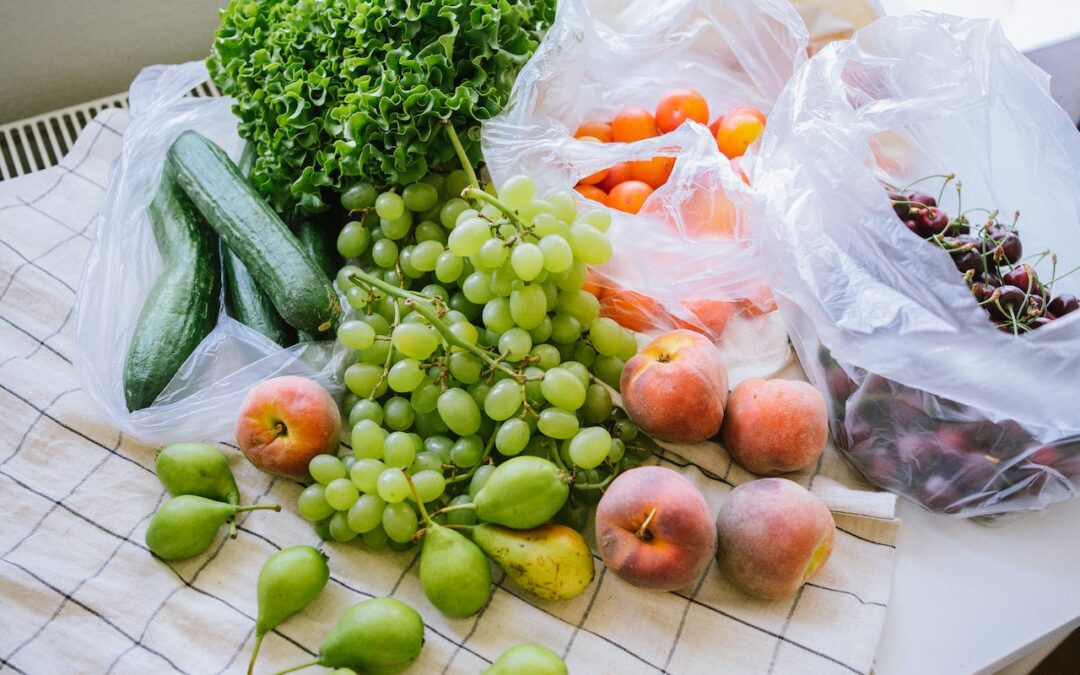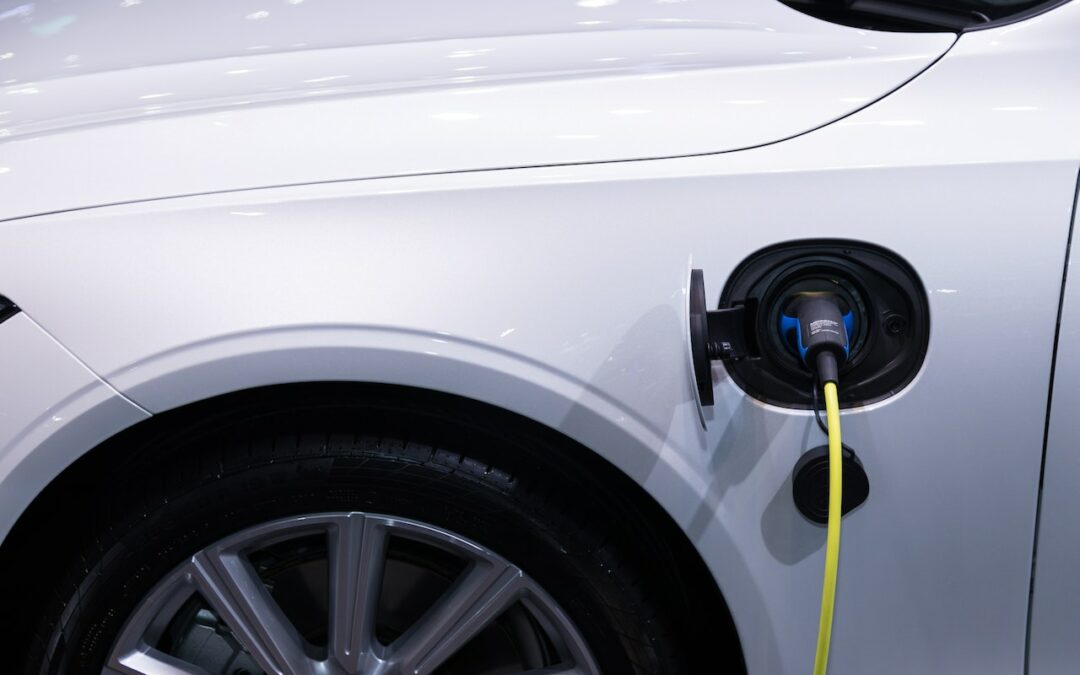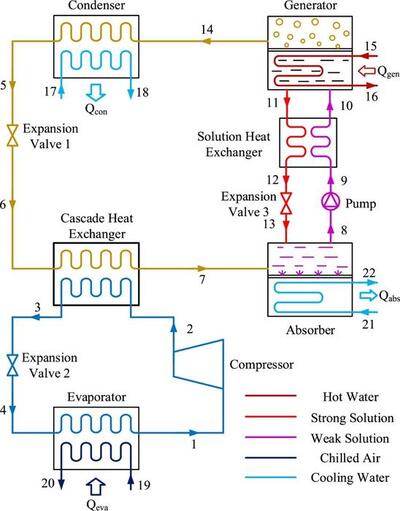
by Komoneed | Apr 12, 2024
The United States Environmental Protection Agency (EPA) has issued the first-ever nationwide, legally enforceable limits on harmful per- polyfluoroalkyl substances (PFAS) — known as “forever chemicals” — in drinking water. The rule is the biggest leap so far in EPA’s PFAS Strategic Roadmap and will lower exposure to the toxic substances for roughly 100 million […]
The post EPA Announces First-Ever Rule Limiting PFAS ‘Forever Chemicals’ in Drinking Water appeared first on EcoWatch.

by Komoneed | Apr 12, 2024
This post was originally published on...

by Komoneed | Apr 12, 2024
This post was originally published on UNDPJapan and UNDP will support Moldova to boost agriculture’s resilience to climate change and disasters admin Wed, 04/10/2024 – 18:00 The Government of Japan announced a contribution of US$500.000 to the United Nations...

by Komoneed | Apr 12, 2024
Alfa Romeo re-entered the small SUV sector with the new Milano offered in pure electric and petrol forms

by Komoneed | Apr 12, 2024
Researchers from Xi’an Jiaotong University in China have made significant inroads into sustainable refrigeration.
Their work involved fine-tuning the compression-absorption cascade refrigeration cycle (CACRC) — a system that combines vapour-compression refrigeration (VCR) with an absorption refrigeration cycle (ARC).
CACRC presents a promising answer to the pressing energy demands and environmental concerns associated with traditional cooling methods. While VCR is known for its superior performance and ability to achieve low temperatures at a high energy cost, ARC, in contrast, operates with minimal electricity, utilising waste heat. The harmonious combination of these two systems has generated keen interest in CACRC, particularly its potential utility in critical areas such as food preservation and district cooling.
Image caption: Schematic diagram of the CACRC system. Image credit: Yuhan Du, et al, published under CC BY-NC-ND.
Exploring a dual-section mechanism that combined vapour-compression with absorption refrigeration technologies, the research team conducted a thorough analysis of 16 distinct refrigerants in the vapour compression section, paired with H2O-LiBr in the absorption section.
Their meticulous examination aimed to identify the most efficient and eco-friendly combinations, revealing the RE170/H2O-LiBr pair as the standout performer. This pair demonstrated the highest coefficient of performance and energy efficiency among all candidates. The team further investigated the system’s dynamics, including the impacts of generator and evaporator temperatures, cascade temperature differences and the effectiveness of the solution heat exchanger.
“This breakthrough not only marks a significant step towards more sustainable refrigeration practices but also reflects our dedication to pioneering solutions that can revolutionise industries and contribute to the preservation of our planet’s resources,” said Xiaopo Wang, the study’s lead author.
The study was published in Energy Storage and Saving in February 2024.
Image credit: iStock.com/chabybucko





